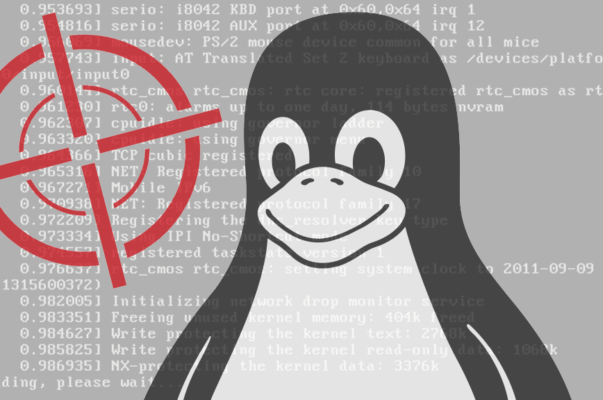Although many of you may have heard of phising, even been victims of some in the worst case, you are not so familiar with the next evolutionary step: spear phishing. Starting from the ground up, phishing is based on fooling…
After learning what information contains the symbol table in the previous post, we can now talk more about the attributes that a symbol can have and what role do they have in the resolution of symbols from the linker point…
In the previous post on fuzzing, we explained in broad terms the main foundations and the different types that exist. This time we are going to focus on fuzzing frameworks, so let’s start by looking at how the general logical…
As the vast majority of security workers will know, a vulnerability known as “Dirty Cow” (CVE-2016-5195) that has been present in the Linux kernel since 2.6.22 in 2007 has been publicly disclosed, therefore, present in Linux-based operating systems, including Android.…
It is possible to spend a fun weekend with friends hacking like there is no tomorrow, and of course I mean doing it completely legally. All this is thanks to the different CTFs that are organized throughout the year. These…
In previous posts we talked about that the linkers are the ones in charge of combining different files of translatable object code in an executable. For this they had two fundamental tasks, the resolution of symbols and the transfer; in…















